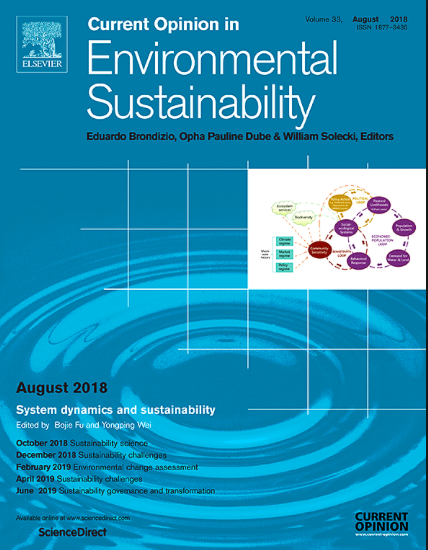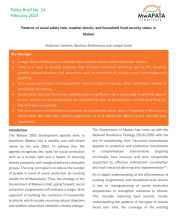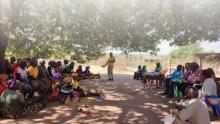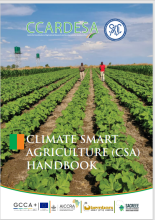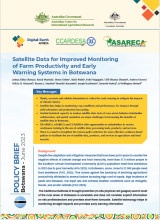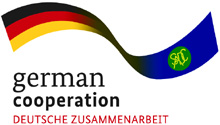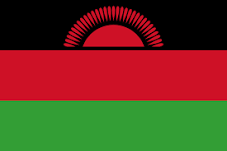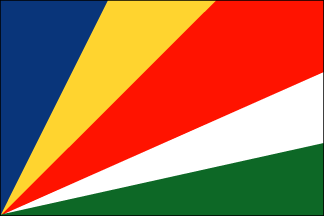There are few direct measurements of anthropogenic climate-forcing emissions in Africa, making it difficult to accurately assess current emissions and to anticipate changes in future emissions. Emissions databases suggest that sub-Saharan Africa (SSA), home to less than 15% of the world's population, is responsible for 11% of anthropogenic methane (CH4) and 18% of anthropogenic nitrous oxide (N2O) emissions globally, though this includes substantial emissions from biomass burning that would occur in the absence of contemporary anthropogenic activity, and which may be over-estimated. SSA is also an important source of precursors to the greenhouse gas tropospheric ozone, and of mineral dust, which has a range of impacts on climate. Eliminating food insecurity and poverty is likely to take priority over greenhouse gas mitigation in the region, so innovations in mitigation must focus on ways to reduce emissions as an ancillary benefit of improving livelihoods.
Jonathan E Hickman, Robert J Scholes, Todd S Rosenstock, C.Pérez García-Pando, Justice Nyamangara. (2014). Assessing non-CO2 climate-forcing emissions and mitigation in sub-Saharan Africa. p.7. https://www.sciencedirect.com/science/article/pii/S1877343514000438

